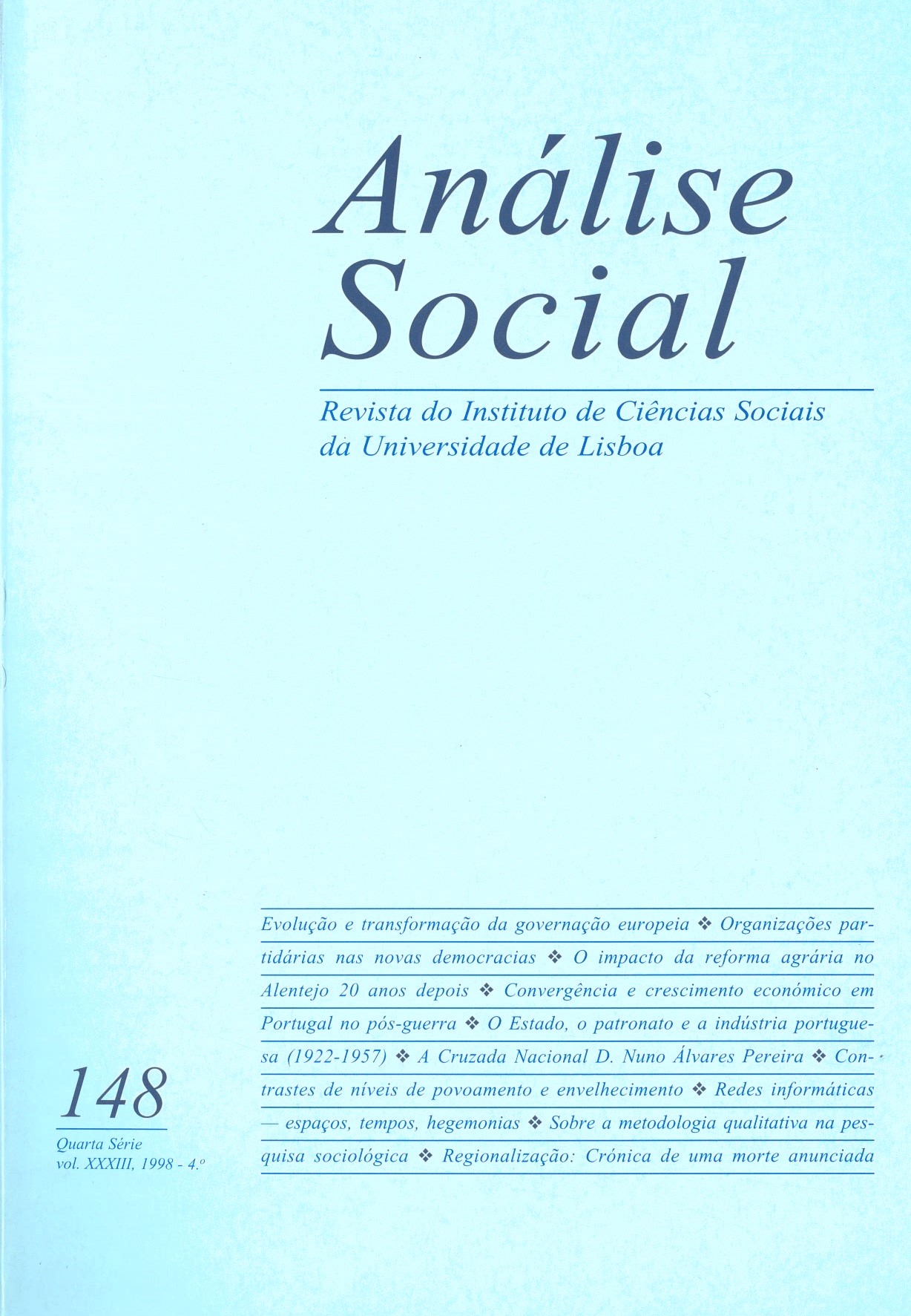On the internal balance of party power: party organizations in new democracies
DOI:
https://doi.org/10.31447/AS00032573.1998148.02Keywords:
Southern and Eastern Europe democracies, party executives, party central office, party organizationsAbstract
This paper focuses on the relationship between the party central office and the party in public office in the relatively new democracies in Southern and Eastern Europe. The analysis reveals that, although the party executives appear to be strongly invaded by public office holders, it is, contrary to the expectations, not the party in public office but the party central office that emerges as the most predominant of the two faces. It appears that party organizations in these new democracies are largely controlled from a small centre of power, located at the interstices of the extra-parliamentary organization and the party in public office. This phenomenon can probably best explained as a device to increase party cohesion and reduce the potentially destabilizing consequences that emerge from the general context of weakly developed party loyalties and a general lack of party institutionalization.



